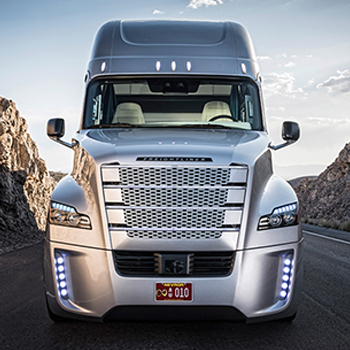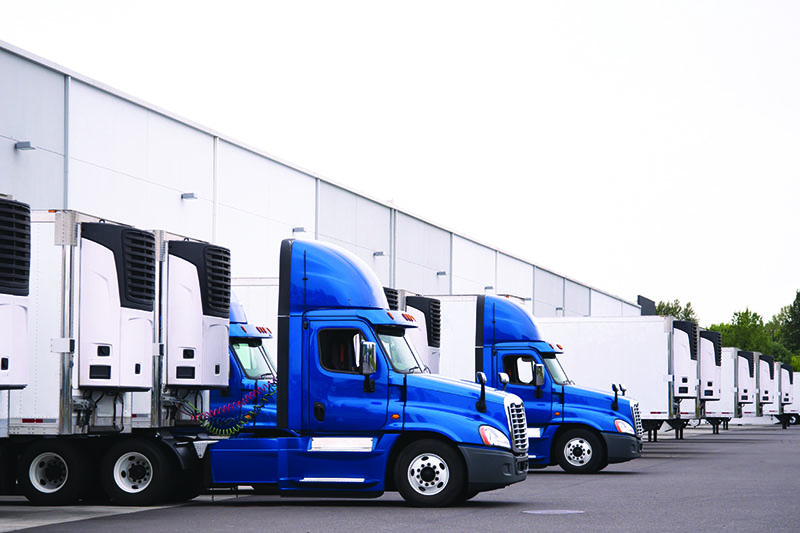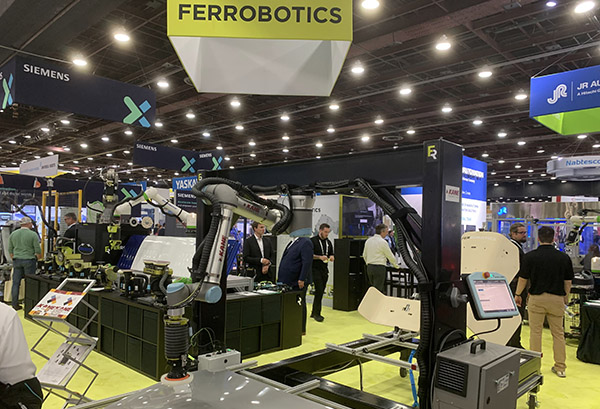Editors’ Picks





Found in Robotics News & Content, with a score of 5.60
…the development of autonomous vehicles. There is another combine, Waymo/Google/Alphabet, working out kinks in the technology. Lyft and General Motors are combining efforts. And of course, Tesla and its innovative CEO Elon Musk, the peripatetic Canadian-American business magnate, investor, engineer, and inventor are bullish. The U.S. chip-making giant Intel announced Monday that it had reached a deal to acquire an Israeli company called Mobileye for $15 billion. The combination is expected to accelerate innovation for the automotive and trucking industry and position Intel as a leading technology provider for highly and fully autonomous vehicles. So What’s Happening in Trucking? Last…

Found in Robotics News & Content, with a score of 5.56
…with shippers serving small regional markets. Google’s parent company Alphabet, for example, has the FAA’s blessing to begin food delivery in Virginia using the same drone technology it now uses for food logistics in Australia. Amazon introduced its Prime Air delivery drone last June, with the intent to deliver food from the Amazon platform. Finally, Uber Eats is testing the first-ever commercial application of drone food delivery in high-density urban areas. The initial customer tests will showcase what the future of food logistics may look like for millions of consumers worldwide. Ryan Hammer, corporate vice president and president of Golden…

Found in Robotics News & Content, with a score of 5.28
…of the open-source Robot Operating System from an academic tool to a framework for commercial robotics development. Intrinsic, which Alphabet acquired from Open Robotics, announced the beta version of its Flowstate product for developers. “We've seen a lot of demand in AMRs, but it's still an immature integration environment,” noted John Bubnikovich, U.S. country leader at ABB Robotics.

Found in Robotics News & Content, with a score of 4.50
…and cost effectively. Companies developing autonomous truck technologies include Alphabet/Waymo, Embark, TuSimple and Starsky Robotics. Rather than fully replacing humans with fleets of “driverless” trucks, says De Muynck, a more likely near-term scenario will be to pair autonomous trucks with human drivers to extend range and lower costs. The human driver could handle urban environments and loading/unloading interactions, while the autonomous vehicle handles the driving for long stretches of highway. Assuming regulations over driver rest could be ironed out, this pairing of human drivers and autonomous trucks could keep assets rolling to effectively speed up transit times. In some regions,…



